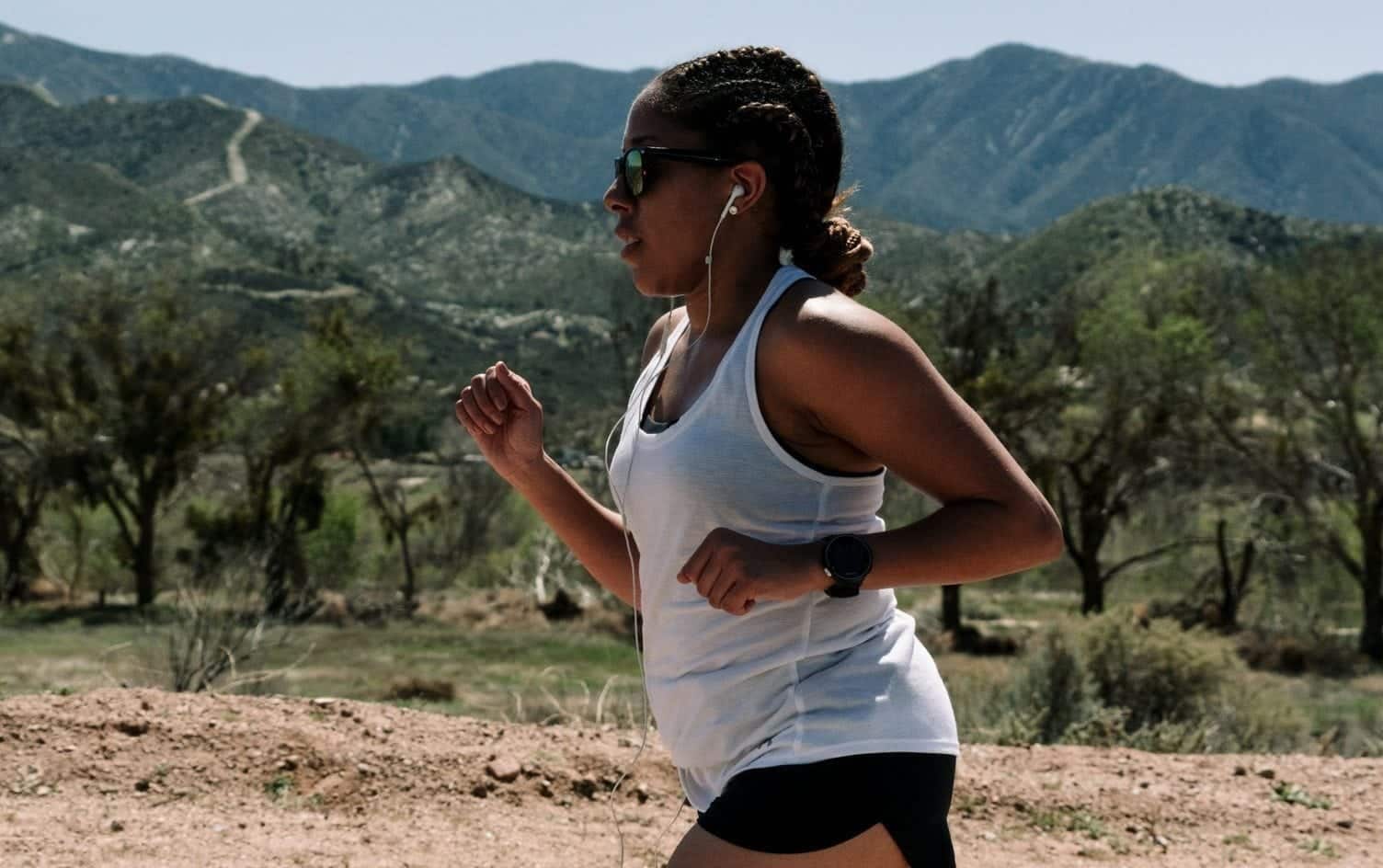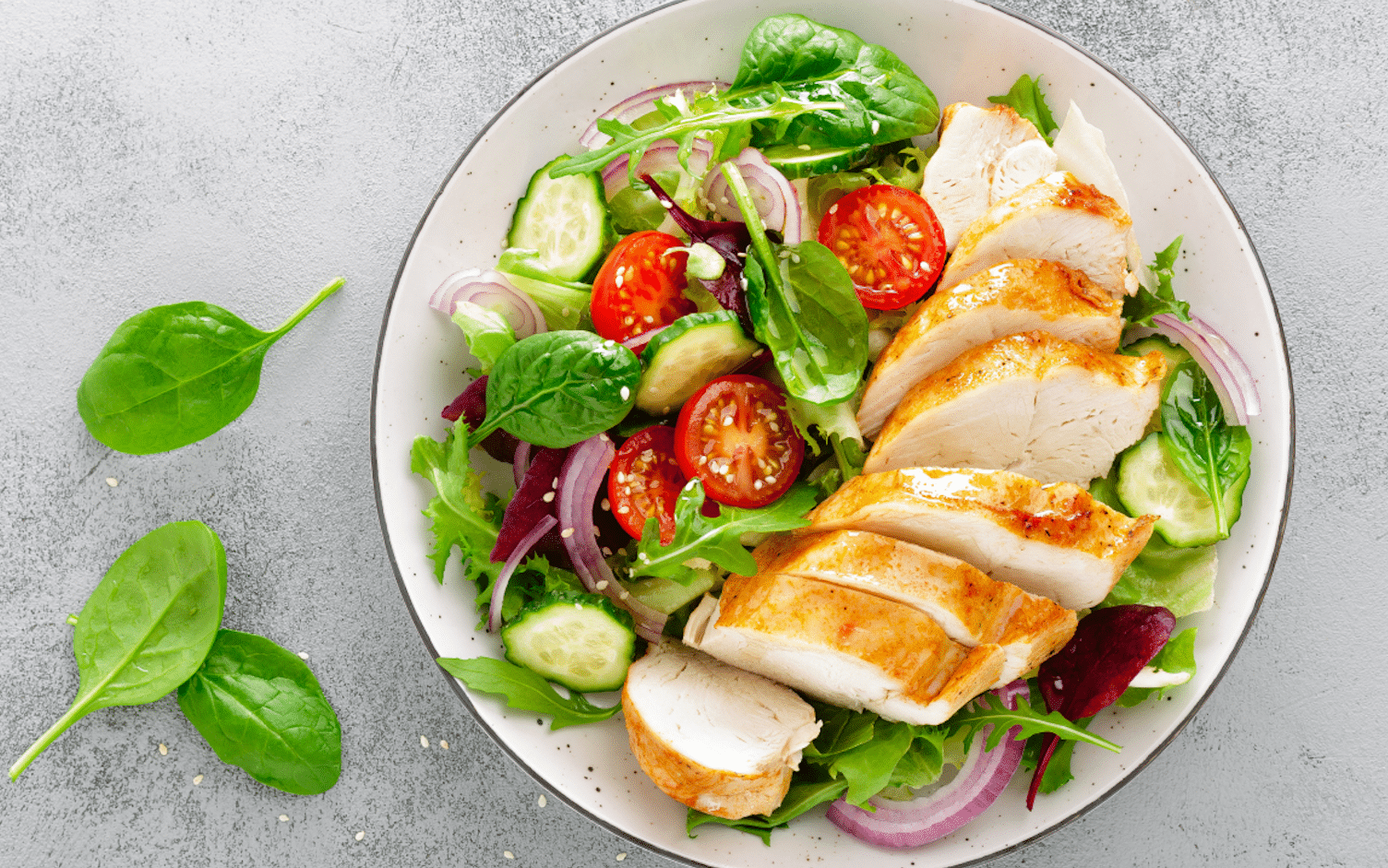If you plan to start a regular walking regimen — or even if you’re already walking consistently — you may be wondering if it’s better to measure your efforts by time or distance. After all, the American Heart Association recommends all adults get at least 150 minutes of moderate-intensity physical activity per week, while health experts in various fields keep pushing for a minimum of 10,000 steps (nearly five miles) per day.
So, which approach is best?
THE RESEARCH
Let’s take a look at the research: In a new study published in International Journal of Exercise Science, researchers divided 15 overweight subjects into two groups. One group, a time-based cohort, was to walk or run for an increasing amount of time 3–5 times per week. The other, a distance-based cohort, had to cover an increasing number miles every week. Though the exercise program aimed to keep total calories burned as close as possible between the two groups, the distance-based group lost an average of 8.8 pounds, while the time-based group gained an average of 2.4 pounds by the end of 10 weeks.
So, why did the two groups achieve opposite results, even though they performed equal work? The answer may lie in perception.
Study authors suggest that those who walked for time rather than distance likely overestimated the amount of work (measured by number of calories burned) they performed during the activity, leading them to overeat as a result.
READ MORE > ESSENTIAL GUIDE TO WALKING AND STEPS
Another study in the journal PLOS One bears this out: Researchers found men who walked for time as opposed to distance overestimated the calories they burned by 31%, while women overestimated by a whopping 37%.
According to International study author John C. Garner, PhD, certified strength and conditioning specialist, professor and chair of the kinesiology and health promotion department at Troy University, walking for distance offers a more accurate estimate of calories burned, as you can expect to burn approximately 100 calories for every mile you walk or run — regardless of fitness level. And this estimate doesn’t take into account the calories you burn after your workout through a phenomenon known as excess post-oxygen consumption (EPOC), also commonly referred to as the afterburn effect.
Meanwhile, trying to estimate the calories you burned during a 20-minute walk can be a challenge. This is because intensity plays a major role in how much you burn while performing any given activity. After all, the faster or more intense your walk, the more calories you’ll expend not only during your walk, but afterward, when your body has to work harder to help you cooldown and recover.

THE CONCLUSION
In other words, whether your goal is to lose weight, improve health or boost fitness, your best bet is to walk for a set distance (e.g., two miles), as opposed to a specific period of time (e.g., 30 minutes).
That said, there’s no one-size-fits-all when it comes to walking for distance or time. While research suggests walking for distance may be the better option, it’s only beneficial so long as it works for you. If you find it easier to track your walks according to time, then, by all means, continue to do so.
READ MORE > THE NOT-SO-SECRET KEY TO WEIGHT-LOSS MANAGEMENT
The key to achieving any fitness goal is consistency, first and foremost. As your fitness levels improve and exercise becomes a regular habit, you do need to gradually increase your activity levels week-to-week, but whether you choose to measure it in minutes or miles is up to you.
“The important aspect to remember is to keep expectations realistic and attainable while still challenging,” Garner says. “It’s important to modify the exercise prescription so your body will continue to adapt to the demands.”
For best weight-loss results, keep increasing the distance, time and/or intensity of your weekly walks.




